Optimal Timing for Wood Siding Repairs
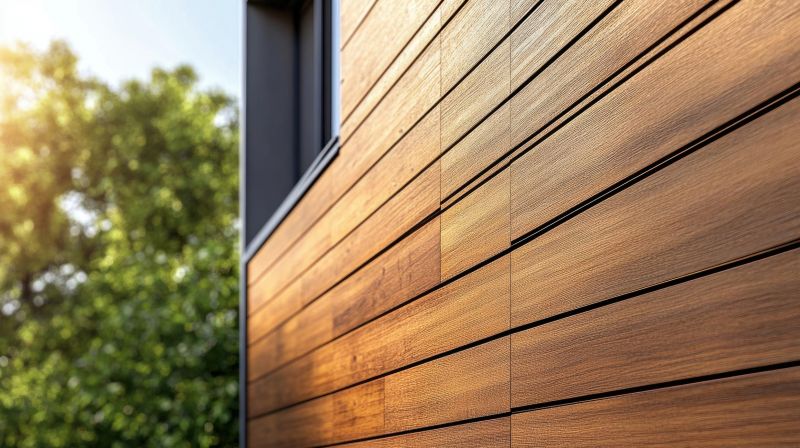
Spring offers mild weather, ideal for exterior wood siding repairs, allowing for proper drying and painting.
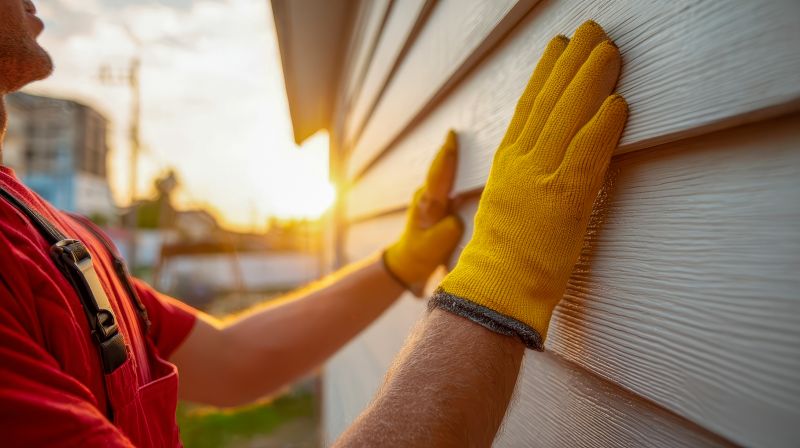
Summer provides long daylight hours and warm temperatures, suitable for completing repairs before colder months.
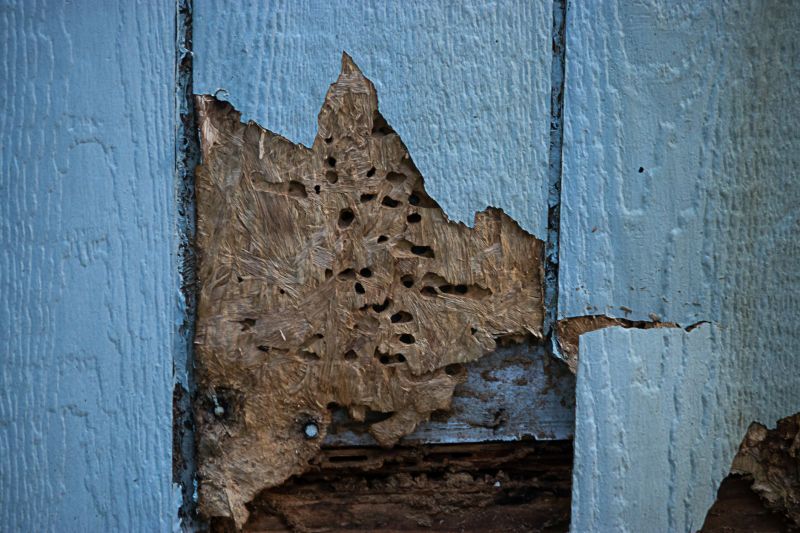
Fall's cooler temperatures and lower humidity levels help ensure proper adhesion of paint and sealants.
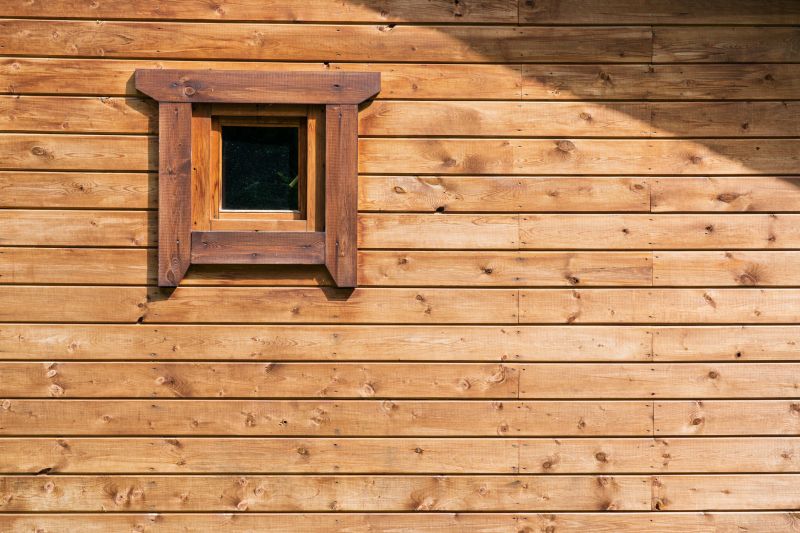
Ways to make Wood Siding Repairs work in tight or awkward layouts.
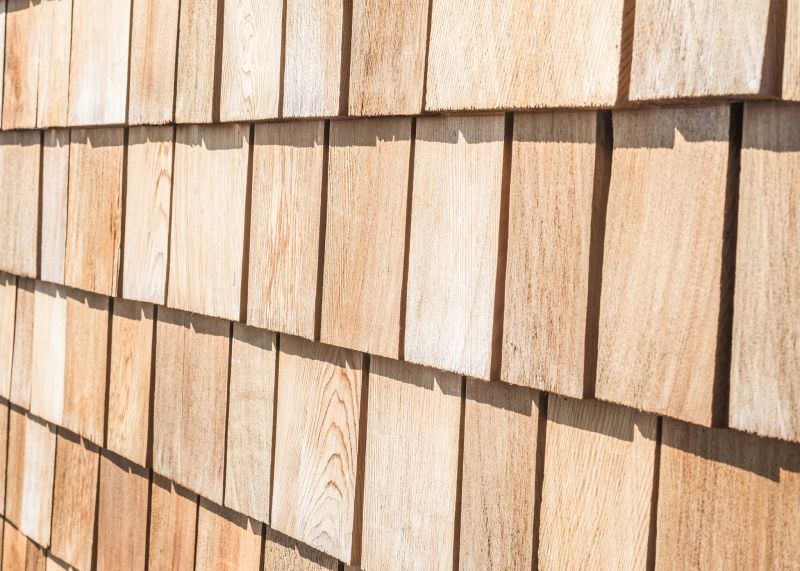
Popular materials for Wood Siding Repairs and why they hold up over time.

Simple add-ons that improve Wood Siding Repairs without blowing the budget.
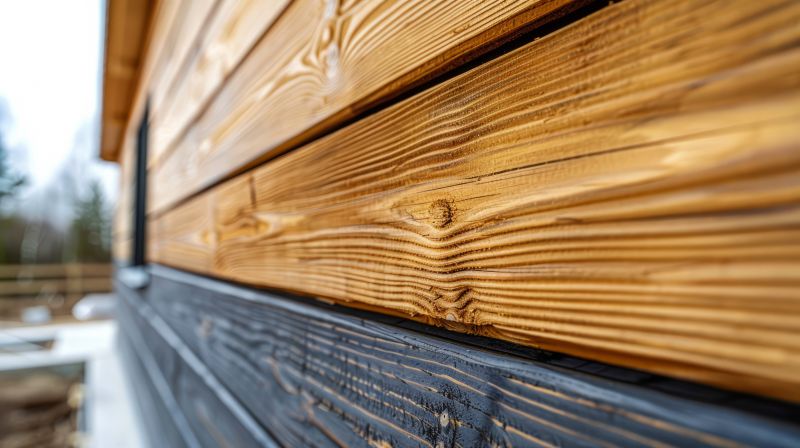
High-end options that actually feel worth it for Wood Siding Repairs.
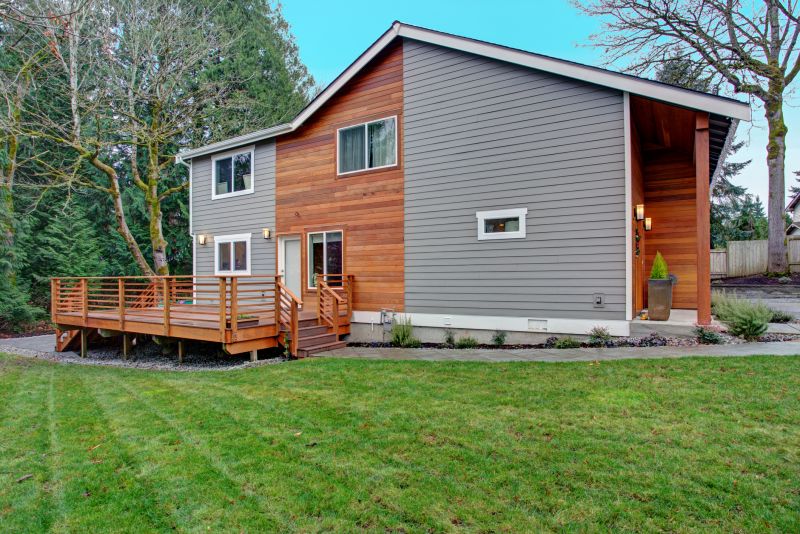
Finishes and colors that play nicely with Wood Siding Repairs.
Wood siding repairs are essential for maintaining the integrity and appearance of a building's exterior. Properly timed repairs can extend the lifespan of wood siding, prevent water infiltration, and improve energy efficiency. The best time to undertake such repairs depends on weather conditions, with mild and dry periods being optimal for work and finishing processes.
Dry, mild weather prevents moisture from affecting the repair process and ensures proper adhesion of paints and sealants.
Ideal temperatures for wood siding repairs typically range between 50°F and 85°F, avoiding extreme cold or heat.
Lower humidity reduces the risk of moisture-related issues and helps paint and sealants cure properly.
Scheduling repairs during spring, summer, or fall ensures optimal conditions and reduces the risk of delays caused by weather.

A contractor inspecting wood siding during a mild spring day.

Applying sealant on wood siding in warm summer weather.
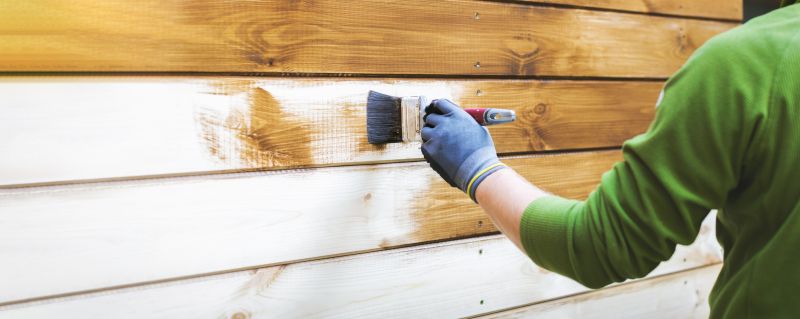
Preparing wood siding for winter with protective coatings.

Technicians working in optimal weather conditions to ensure quality repairs.
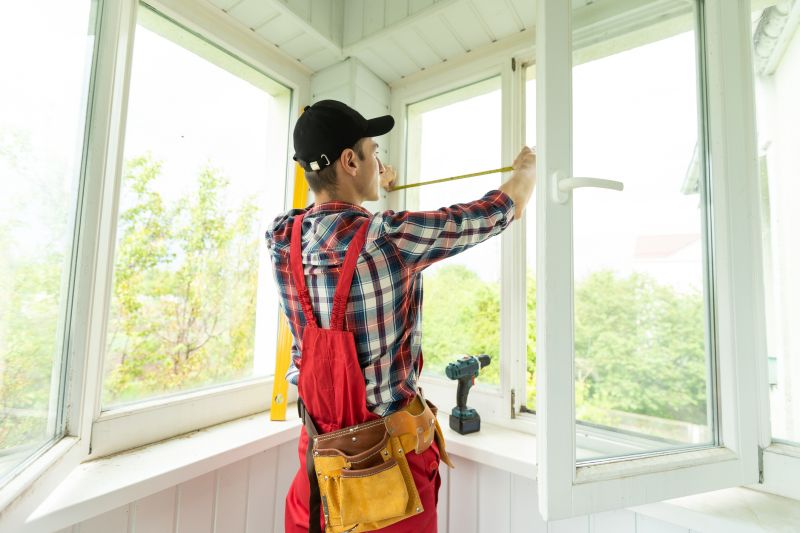
Little measurements that prevent headaches on Wood Siding Repairs day.
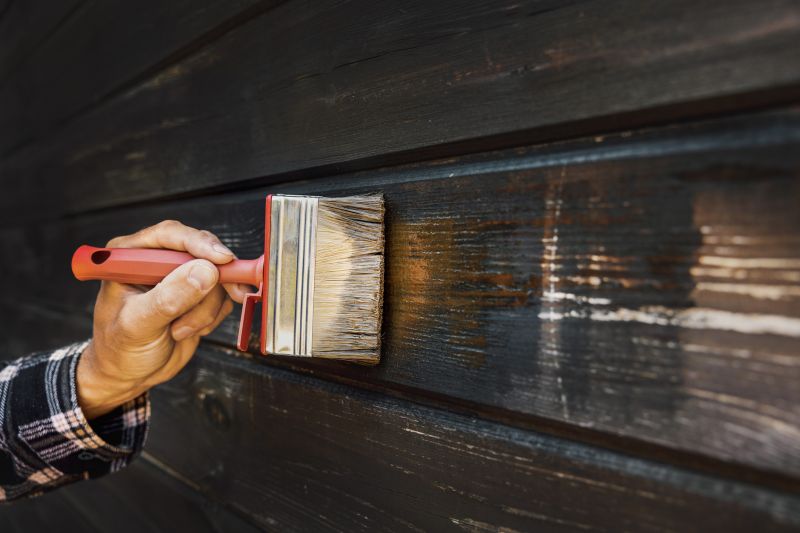
A 60-second routine that keeps Wood Siding Repairs looking new.

A frequent mistake in Wood Siding Repairs and how to dodge it.
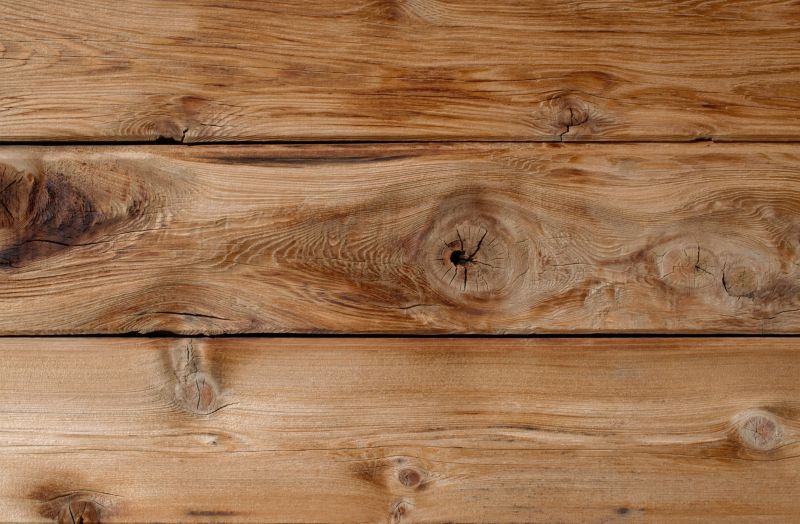
Small tweaks to make Wood Siding Repairs safer and easier to use.
| Season | Optimal Conditions |
|---|---|
| Spring | Mild temperatures, low humidity, dry weather |
| Summer | Warm temperatures, low rainfall, extended daylight |
| Fall | Cooler temperatures, low humidity, dry days |
| Winter | Not recommended due to cold, snow, and high moisture |
Timely repairs on wood siding can prevent costly damage and deterioration. Regular inspections can identify issues early, allowing repairs to be scheduled during the most suitable seasons. Properly timed maintenance helps ensure that wood siding remains durable and visually appealing over time.

A worker replacing damaged wood siding panels.
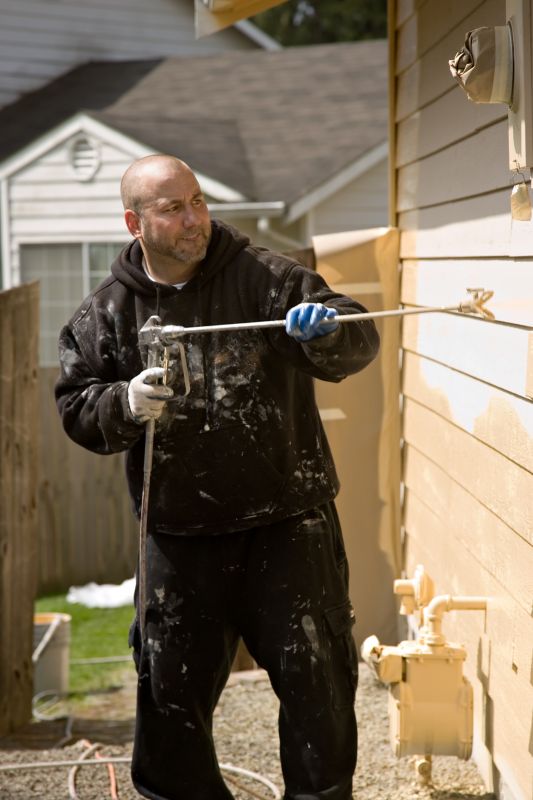
Applying protective paint to freshly repaired wood siding.

Assessing the condition of wood siding before repairs.
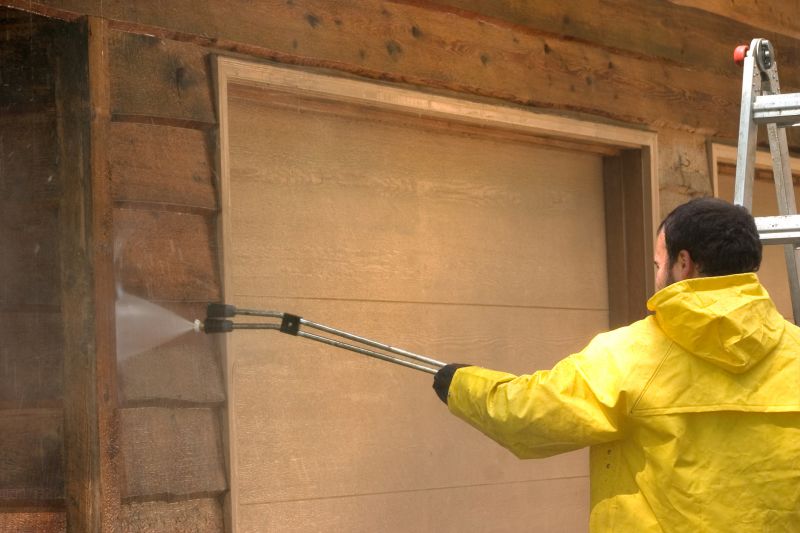
Lower-waste or water-saving choices for Wood Siding Repairs.
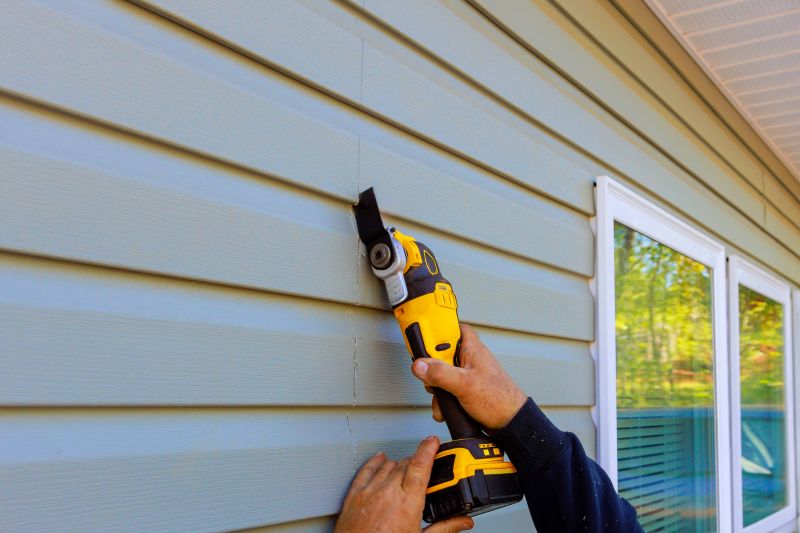
The short, realistic tool list for quality Wood Siding Repairs.
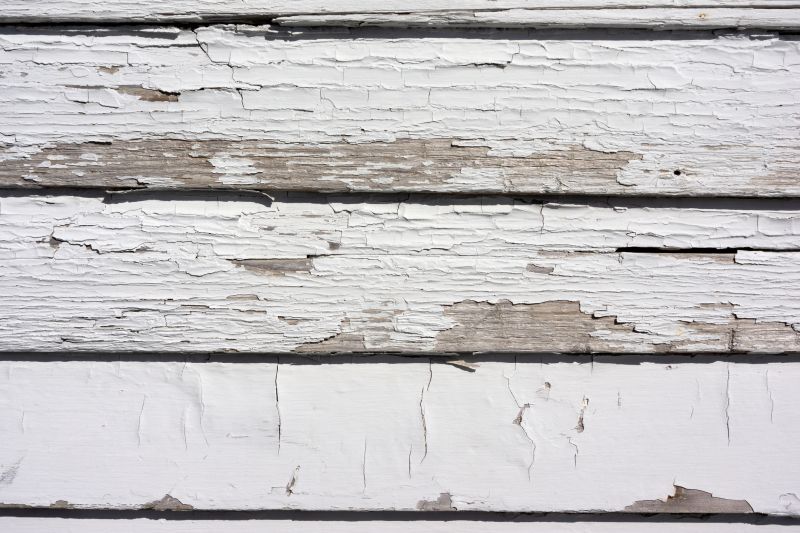
Rough timing from prep to clean-up for Wood Siding Repairs.
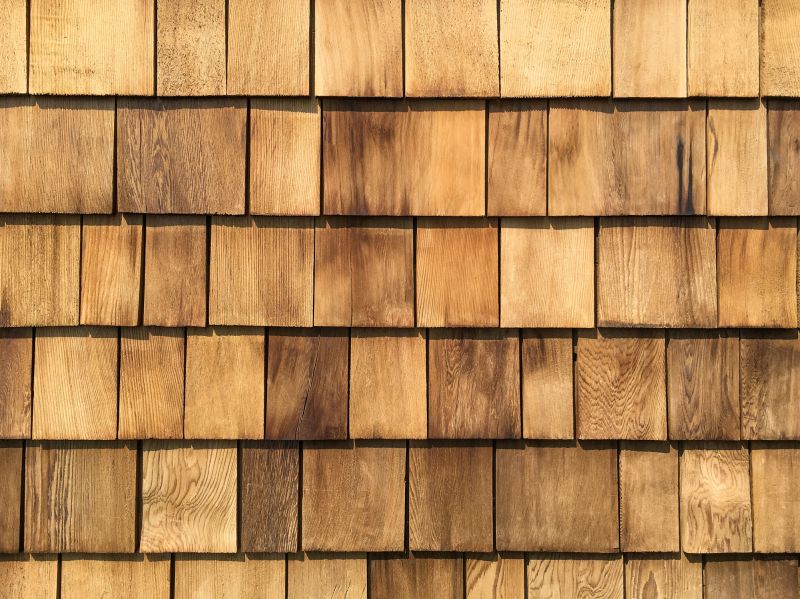
Quick checks and paperwork to keep after Wood Siding Repairs.

Examples that show the impact a good Wood Siding Repairs can make.
Interested in scheduling wood siding repairs? Filling out the contact form can provide more information and help plan repairs during the most suitable season for optimal results.
